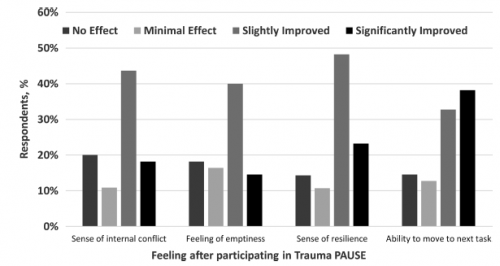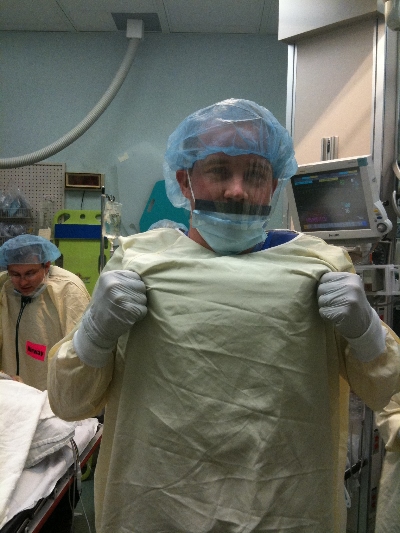Some trauma centers receive a significant number of transfers from referring hospitals. Much of the time, a portion of the workup has already been done by the outside hospital. If the patient meets one or more of your trauma activation criteria, do you still need to activate your team when they arrive?
And the answer is: sometimes. But probably not that often.
Think about it. The reason you should be activating your team is that you suspect the patient may have an injury that demands rapid diagnosis and treatment. The purpose of any trauma activation is speed. Rapid evaluation. Fast lab results. Quick access to CT scan or OR. If a significant amount of time has already passed (transported to an outside hospital, worked up for an hour or two, then transported to you), then it is less likely that a trauma activation will benefit the patient.
There are four classes of trauma activation criteria. I’ll touch on each one and the need to activate in a delayed fashion if present, in priority order.
- Physiologic. If there is a significant disturbance in vital signs while in transit to you (hypotension, tachycardia, respiratory problems, coma), then you must activate. Something else is going on that needs to be corrected as soon as the patient arrives. And remember the two mandatory ACS criteria that fall into this category: respiratory compromise/need for an emergent airway, and patients receiving blood to maintain vital signs. But a patient who needed an airway who is already intubated and no longer compromised does not need to be a trauma activation.
- Anatomic. Most simple anatomic criteria (e.g. long bone or pelvic fractures) do not need a trauma activation unless the patient is beginning to show signs of physiologic compromise. However, anatomic criteria that require rapid treatment or access to the OR (proximal amputations, mangled or pulseless extremities, spinal cord injury) should be activated.
- Mechanism. Most of the vague mechanistic criteria (falls, pedestrian struck, vehicle intrusion) do not require trauma activation after transfer to you. But once again, if the mechanism suggests a need for further rapid diagnosis or treatment (penetrating injury to abdomen), then activate.
- Comorbidities. This includes underlying diseases, extremes of age, and pregnancy. In general, these will not require trauma activation after they arrive.
Bottom line: In many cases, the patient transferred in from another hospital will not need to be a trauma activation, especially if they have been reasonably assessed there. The patient should be rapidly eyeballed by your emergency physicians, and if there is any doubt about their condition, activate then.
However, if little workup was done at the outside hospital (my preference), and the injuries are “fresh” (less than a few hours old), then definitely call your team.
And finally, if the patient meets any of the ACS hard criteria for activation (this includes hypotension, transfusing blood, and respiratory compromise), don’t hesitate to trigger the activation!


